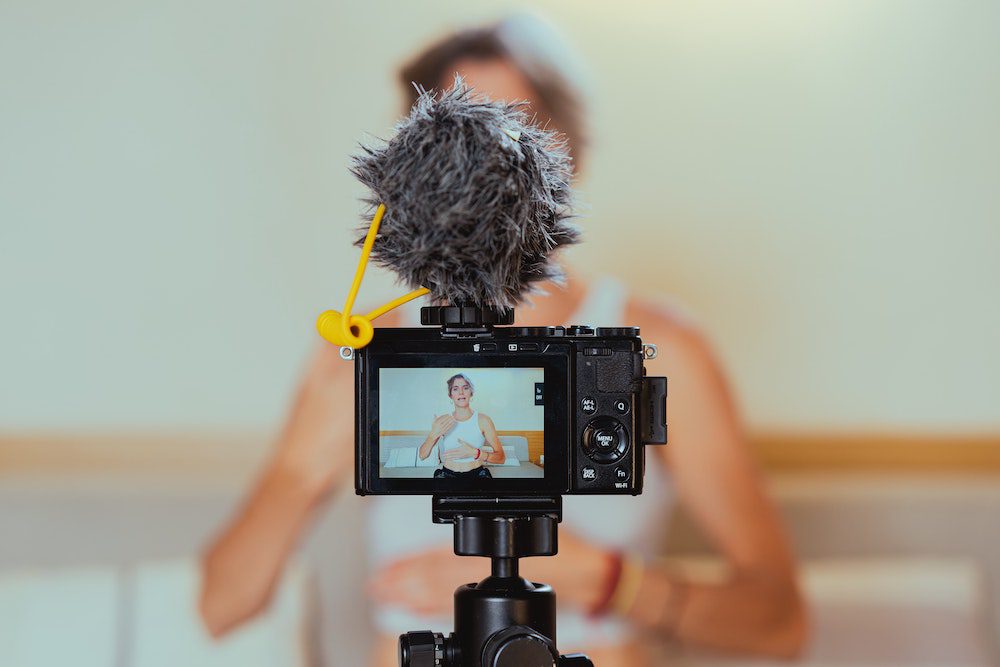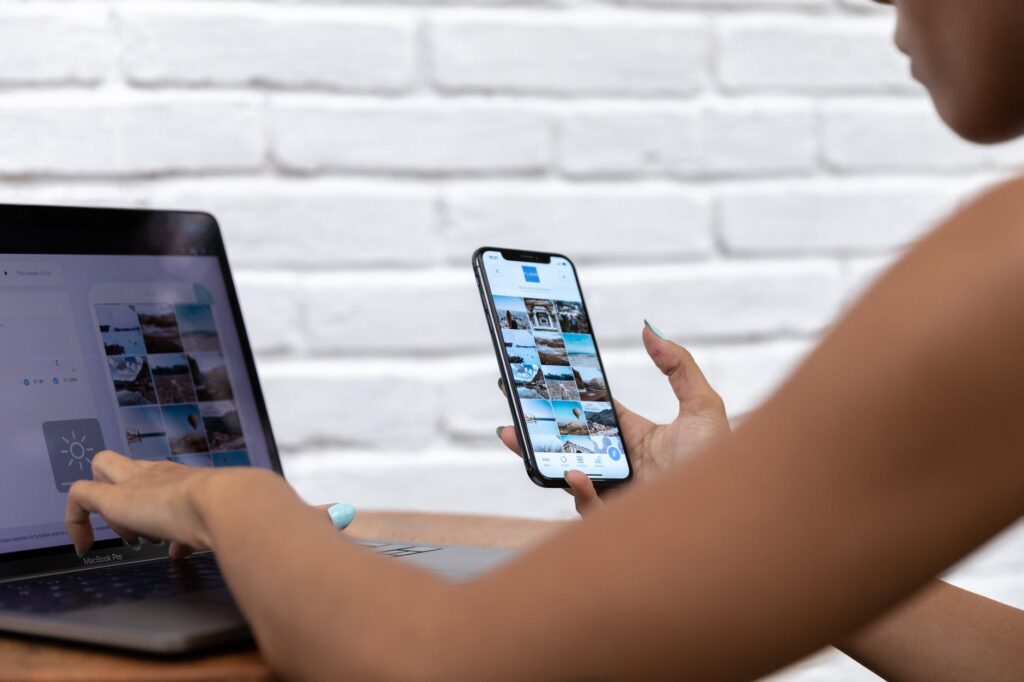How to Create a Successful Influencer Marketing Campaign

What makes an influencer marketing campaign successful? In this article, we are going to answer exactly that. Because influencer marketing is not just about getting the influencer with the biggest following that you can find.
Believe it or not, a big following doesn’t guarantee success.
If you don’t have the right pieces in place, and just go for the biggest influencer you can afford, chances are you will end up with a bad ROI.
But don’t worry, influencer marketing, if done correctly, is still very impactful.
On average, brands earned $5.78 per dollar spent on influencer marketing in 2019.
And top-performing brands reported they even earned up to $18 per dollar spent.
It’s all about the strategy and the influencers you select. Let’s get started.
1. Identify your target audience
With so many influencers out there, you need to understand your target market before selecting an ideal influencer profile. Every influencer has a distinct audience that may or may not connect with your brand.
It’s clear why you don’t want to spend your budget driving awareness to an audience that isn’t in your target market.
So you need to understand their characteristics, age, location, lifestyle, etc of your ideal candidates. With this information, you can make sure that the influencer’s audience is part of your target demographic. This will be key when selecting the right influencer.
Once you have identified your target, you can move on to define your goals and KPIs for your influencer marketing campaigns.
2. Define your goals and KPIs
Knowing what you want to achieve will help you find just the right influencer and defining your key performance indicators (KPI) will help you determine how successful your campaign was at achieving your goals.
Although important, sales shouldn’t be your only goal and KPI. Increasing brand awareness, leads, referrals, user-generated content, building a community, earning media value, among others are great goals to consider as well.
Why? Because many people won’t see the promotion, click and purchase immediately. Sometimes they require more time and engagement. So in cases like a product launch, awareness and lead generation are good indicators of success.
The metrics that you should track will depend on this. More on influencer marketing tracking below.
3. Choose the right social media platforms
The next step is considering the different social media platforms available and which one(s) will help you reach your target audience. Below are the most popular social networks for influencer marketing at the moment:
- TikTok
- YouTube
Every platform has its pros and cons, but the most important factor for choosing a platform is what social media is more popular among your target market.
Something else to consider is that you don’t need to stick to one single platform. There are many influencers out there and you should test which platform works best for your brand.
TikTok Influencer Marketing Guide: The Best Strategy + Examples
4. Consider the types of influencers
At this point, you should know your target market thoroughly, including their interests, lifestyle, and the platforms they use the most.
Now you need to consider the different types of influencers there are:
‘Small’ influencers
- Nano-influencers: 1,000 – 10,000 followers
- Micro-influencers: 10,000 – 50,000 followers
- Mid-tier influencers: 50,000 – 500,000 followers
Smaller influencers have less reach but higher engagement rates compared to influencers with a larger following. Meaning that more of their followers interact with their content, which translates into higher conversion rates. This happens because they feel more authentic to the audience than ‘famous’ influencers.
Small influencers also charge lower fees than big influencers, allowing you to hire multiple at the same time, increasing the reach of your campaign. If you plan on doing this, you can consider launching a brand ambassador program where you can partner with these small influencers for a longer term relationship, instead of a short term influencer marketing campaign.
A bonus of working with brand ambassadors is that they are generally already super fans of your brand so you can reward them with product and exclusive offers rather than cash.
It is worth noting that anyone with these amounts of followers can be classified as influencers. So they can be employees, students, customers, etc. Many don’t have experience working with brands, but that is exactly why they are so impactful.
Their friends trust that they are sharing brands they love so they are great for building trust for your brand.
‘Big’ influencers
- Macro influencers: 500,000 – 1 million followers
- Mega influencers: 1 million – 5 million followers
- Celebrity influencers: Over 5 million followers
On the other hand, big influencers are great for driving awareness thanks to their massive followings. However, they charge much more than small influencers since they are used to collaborating with brands.
Unlike influencers with smaller followings, they often work with a management team so you will need to understand how to negotiate contracts and terms in advance.
They can be effective, just like smaller influencers, so choose based on your marketing goals and budget.
5. Find the right influencer
Now, you have to do some digging for the ideal influencer. This is probably the most important aspect of your influencer campaign, but if you went through the previous steps successfully, it should be easy to find someone just right for your goals.
For this step, you should start by doing some research on the social media platform you chose. Look for content related to your industry that you would like for your brand.
No matter if it’s TikTok, Instagram, YouTube, Facebook, or Twitter the top influencers will typically be the first results. Review your ideal candidates and determine if they fit the criteria you set up in the steps above. Then look up more content and make a list of ideal candidates.
Also, ask for recommendations from brands that already have experience and success with influencers.
Then, all you have to do is reach out to the influencers. Usually, they show an email in their profiles for collaborations. Send them a message letting them know you would love to collaborate. In most cases, you will speak to a manager and they will give you their prices.
How to find micro-influencers, or small influencers
The methods above can also help you find micro-influencers. The problem is that since they are smaller, it might be difficult to find them easily through search.
So the best way to find micro-influencers is to look at your own customer base. The whole point of hiring micro-influencers is that they are more authentic than big influencers, and who would be more genuine about recommending a brand than a customer?
Check the people that follow you on social media and email your customer list to find ideal micro-influencers. Or use SocialLadder’s Discovery Module to find the perfect micro-influencers in your customer base with enriched data and machine learning.
Micro-influencers usually don’t have an email for collaborations. If that’s the case, you will need to reach out through direct messages or get their attention by commenting on their posts.
6. Create great content
Once you have selected your ideal influencers and you agree on the terms of the collaboration, you will have to send your products to the influencer.
If your collaboration does not require you to send any physical product, then this advice is still valuable:
Make sure that your product or service looks great on camera.
In the case of products, create an unboxing experience that is unique. In the case of services, make sure everything is working better than ever.
These are other optimizations you should try:
- Offer a discount to encourage people to become customers
- Use relevant hashtags
- Promote the post to get more attention
7. Track your influencer campaign
Successful influencer campaigns know what to track for strategy optimization. This is the only way to know what is working and what isn’t.
Based on your KPIs, choose the metrics that you will track and do so.
We have a dedicated article on tracking the ROI of your influencer marketing campaigns, so make sure you read it to know the different metrics you need to track based on your goals and how to do it.
How Endless West created a successful influencer marketing campaign
One of the best ways to learn is to see what others are doing right. Let’s take a look at how the molecular spirits manufacturer, Endless West works with influencers to promote their unique lab-made whisky, Glyph.
According to Endless West’s brand manager, Raeé Aytenfsu, their goals when building their influencer program were:
- Position ourselves as a lifestyle brand that consumers can relate to
- Authentically connect with our audience
- Tell our brand story
- Support and educate our retailers and customers
- Get feedback to grow our community
So, how did they achieve these goals?
By hiring advocates of the brand.
Endless West focuses on building authentic connections with consumers, and the best way to do that is through influencers who actually care about the products (advocates).
Glyph’s influencers were hired to spread their love for the brand and to connect directly with the community through samplings, events, demos, and social media.

For Raeé, the most important thing to consider when growing your brand with influencers is to be genuine and authentic.
Final thoughts on creating a successful influencer marketing campaign
Influencer marketing is making a shift to become more authentic, and you should consider this when planning your strategy.
To achieve authenticity when collaborating with influencers, make sure they actually believe in your brand.
You May Also Like
These Related Stories

How to Find Micro-Influencers Perfect for Your Brand

Influencer Marketing: The Ultimate Guide for 2023
